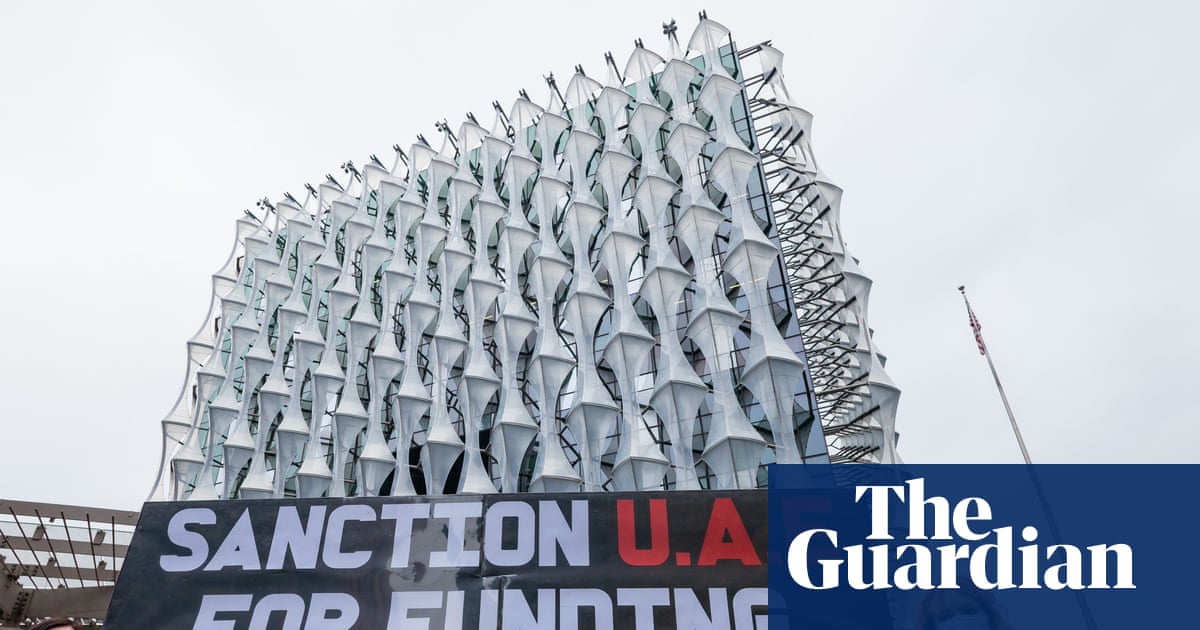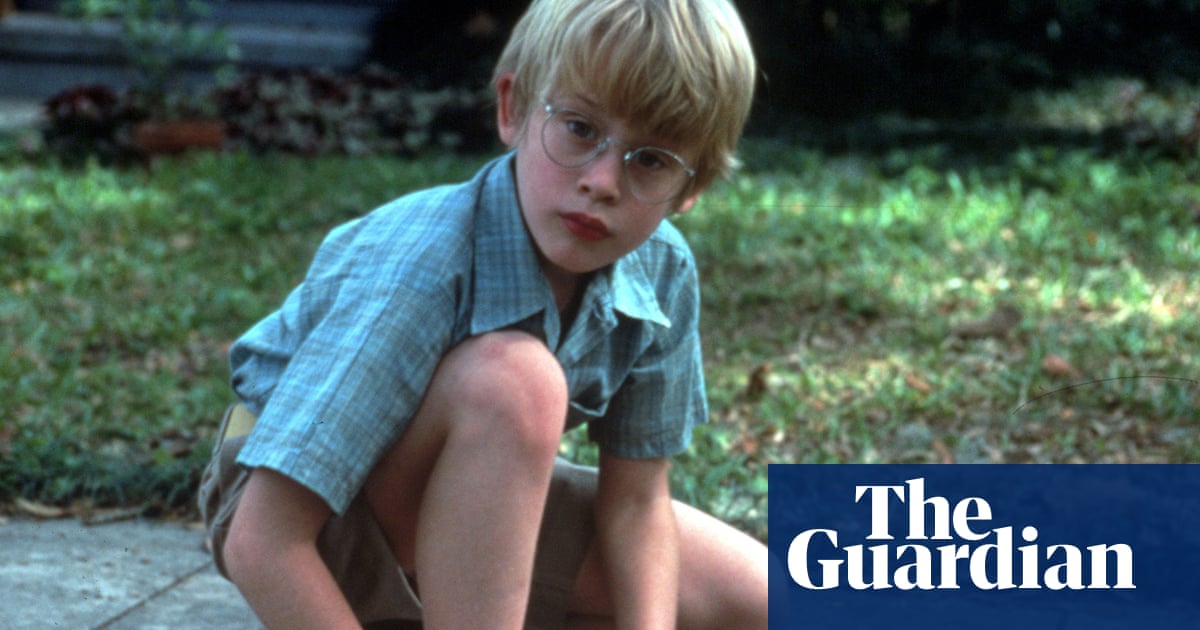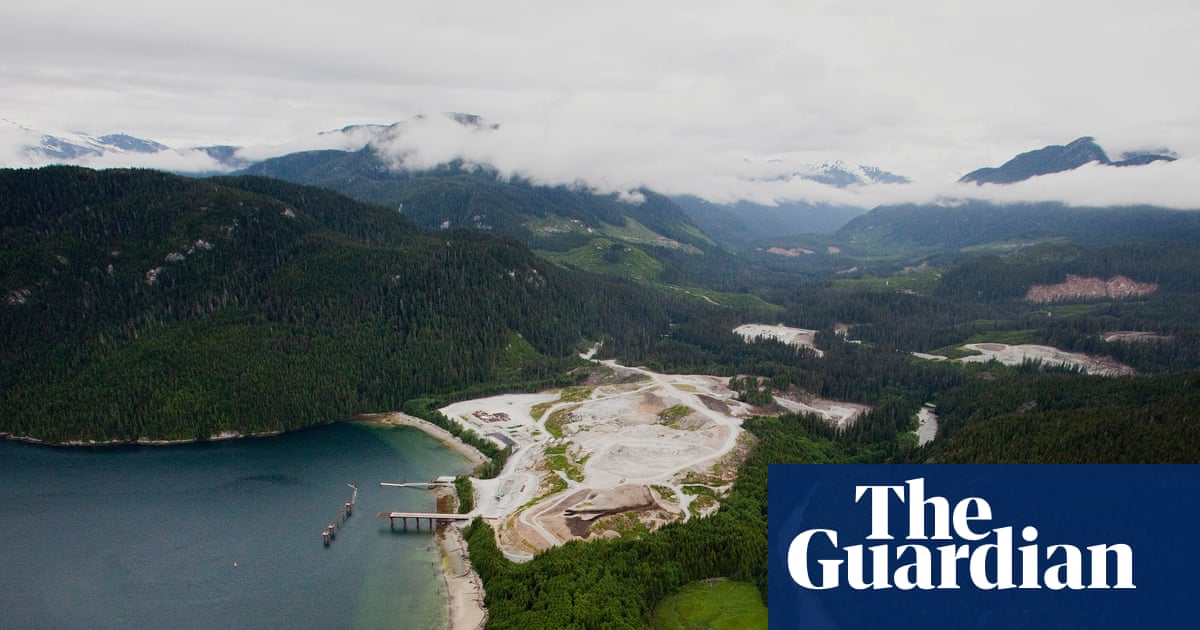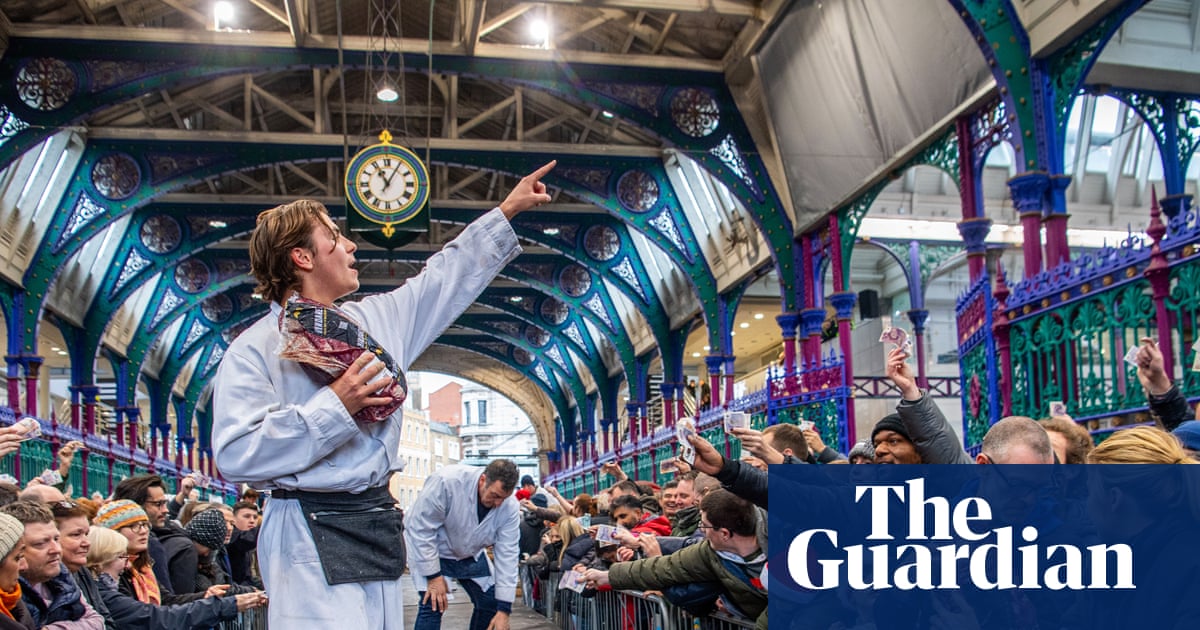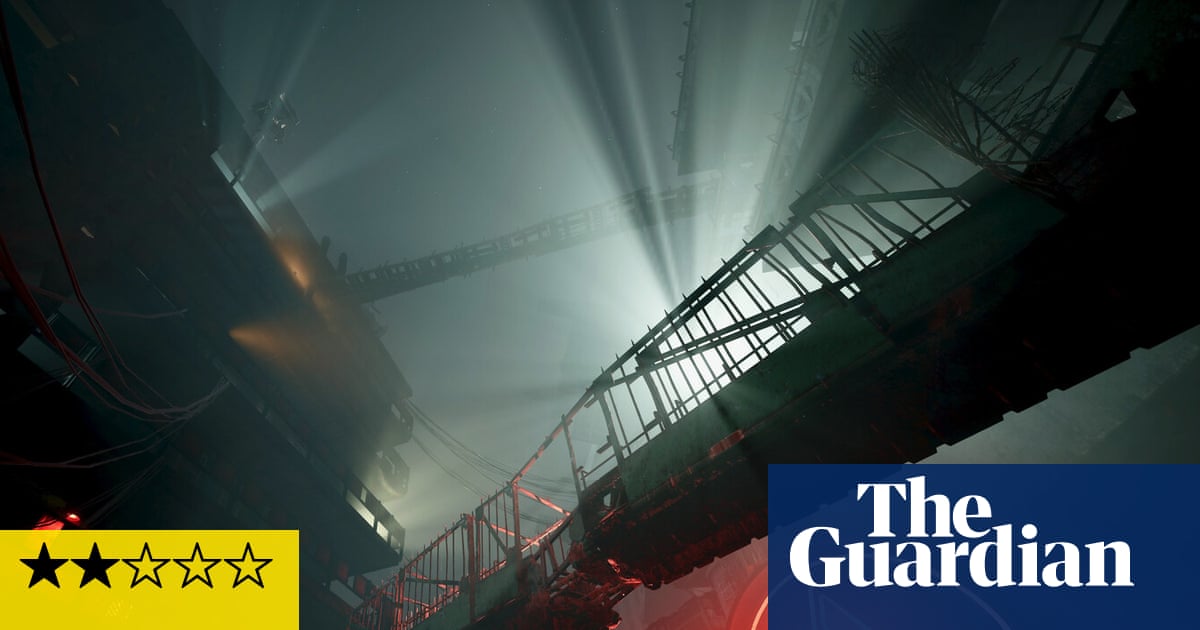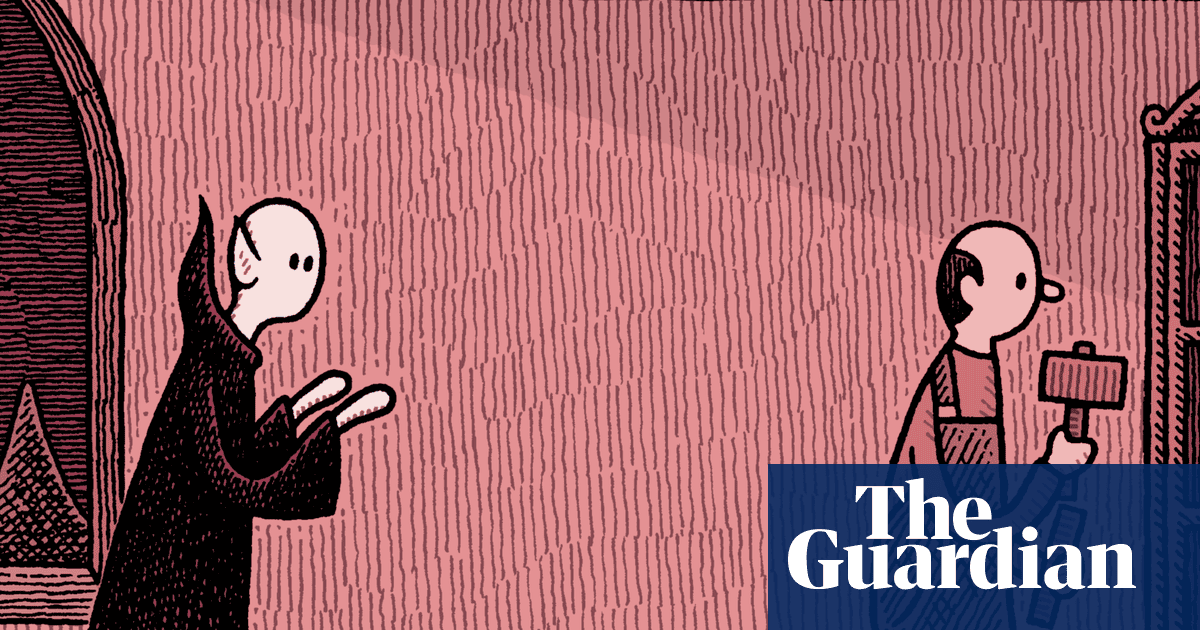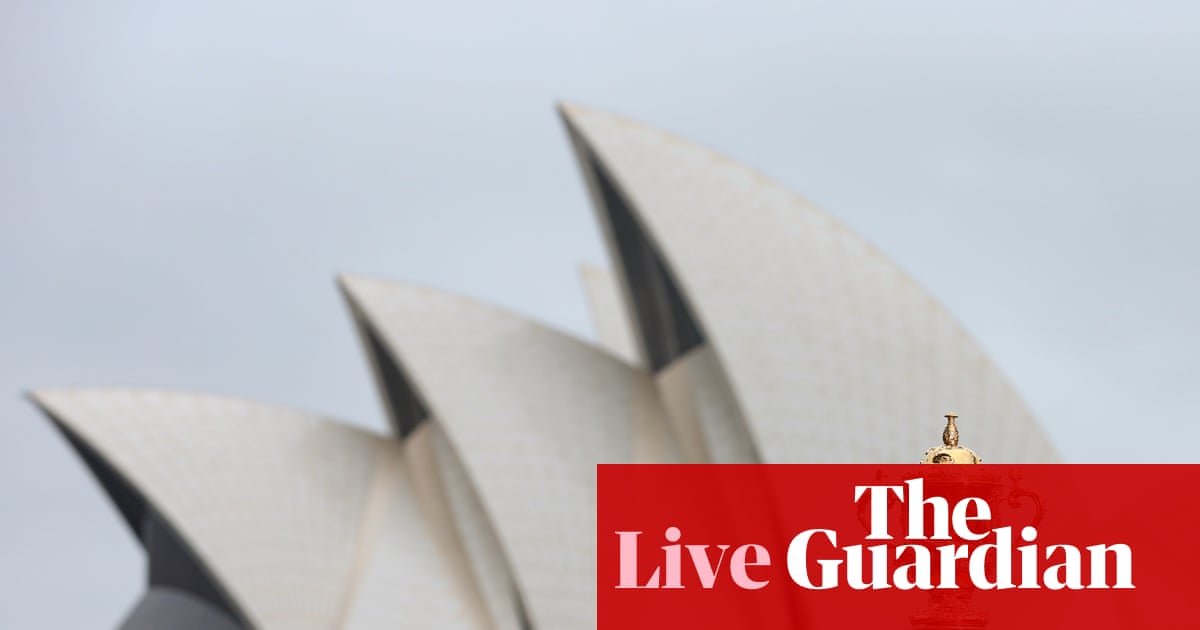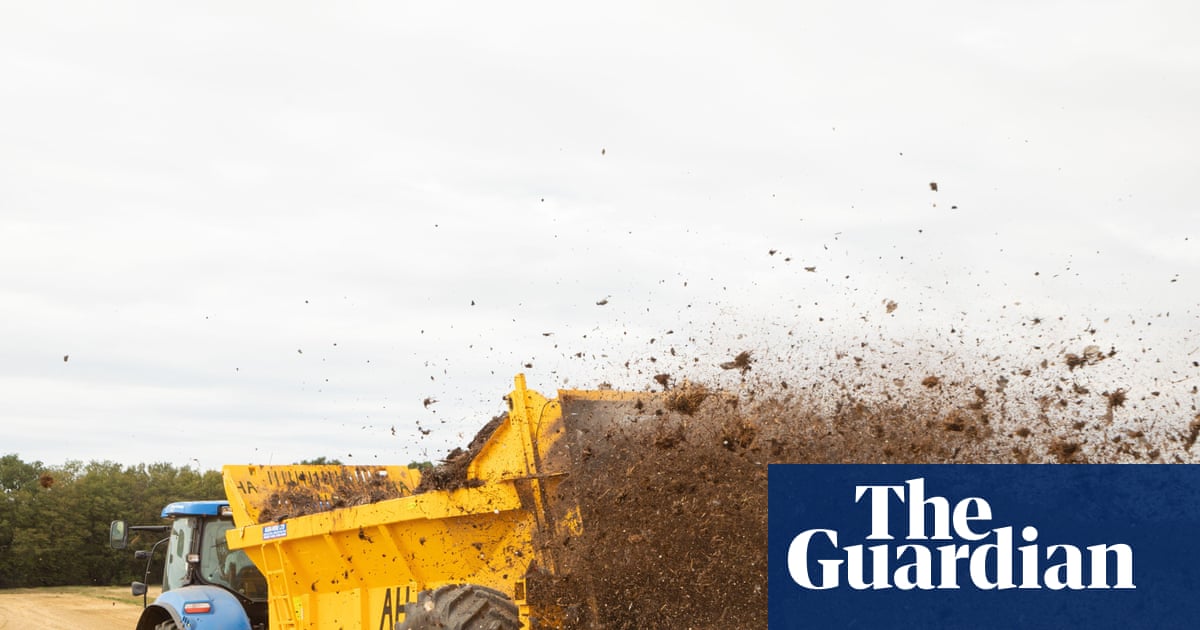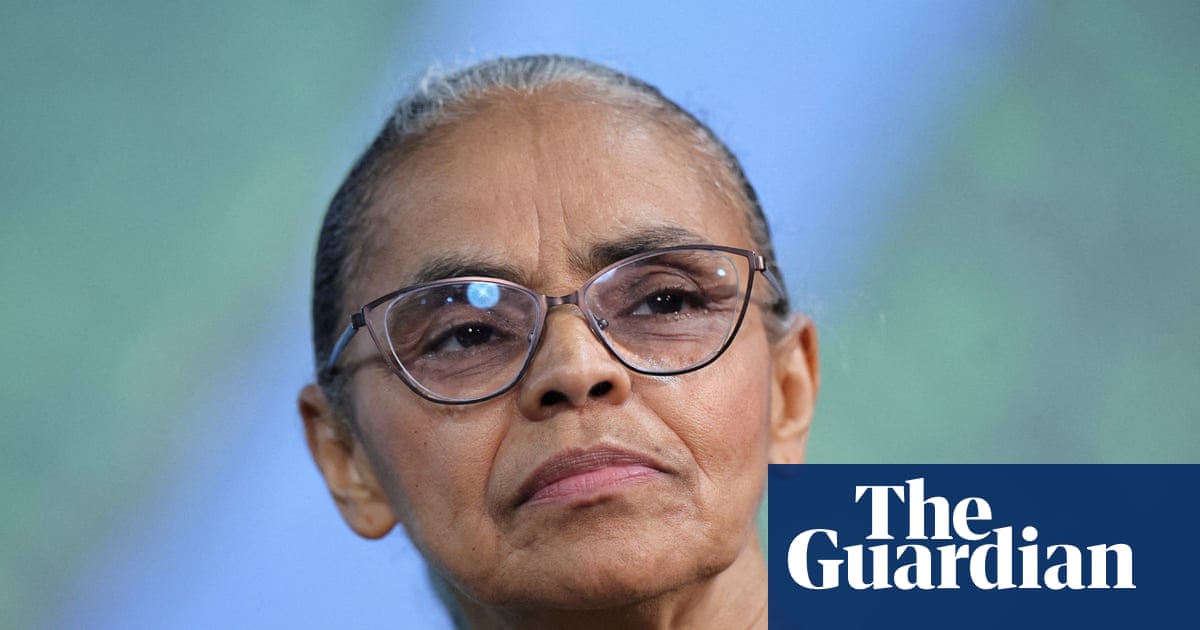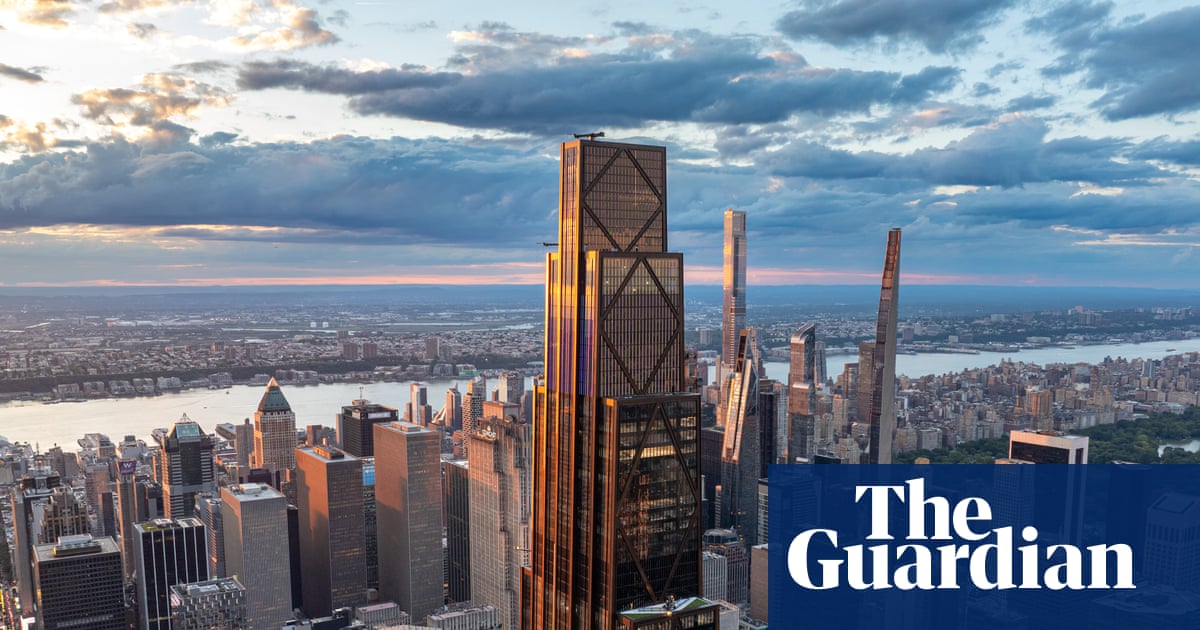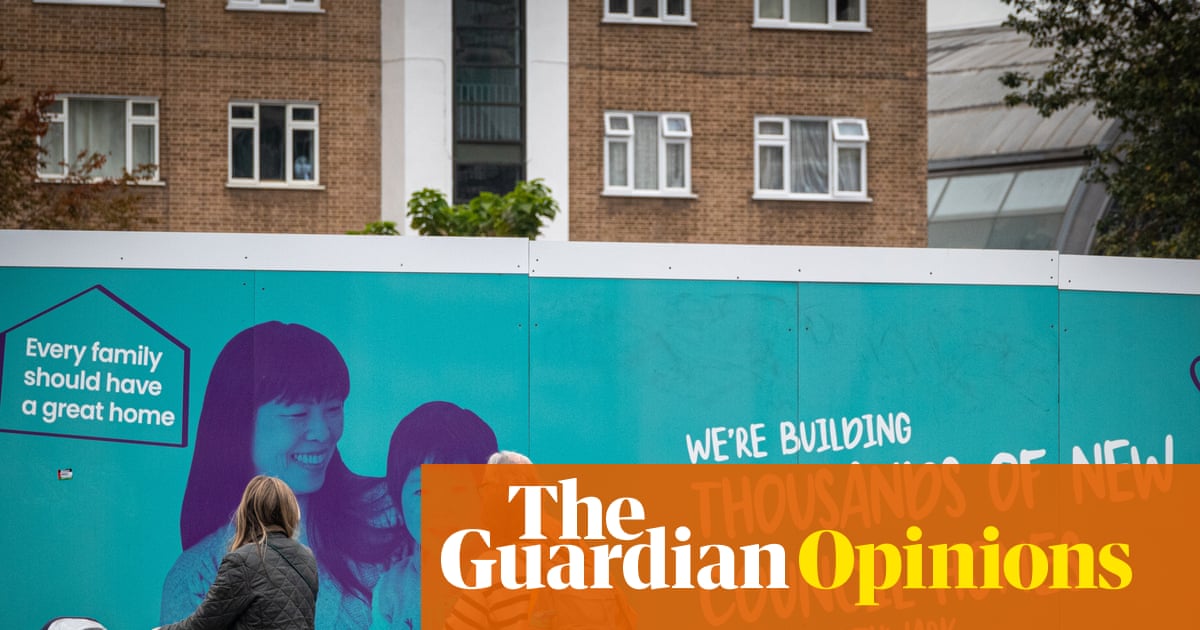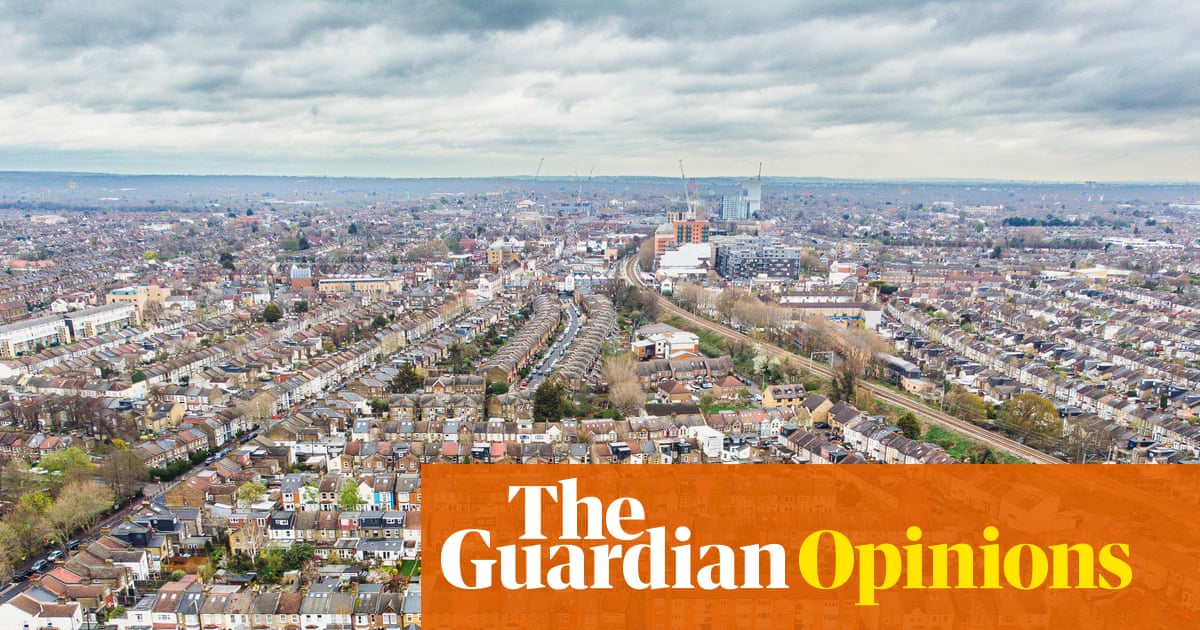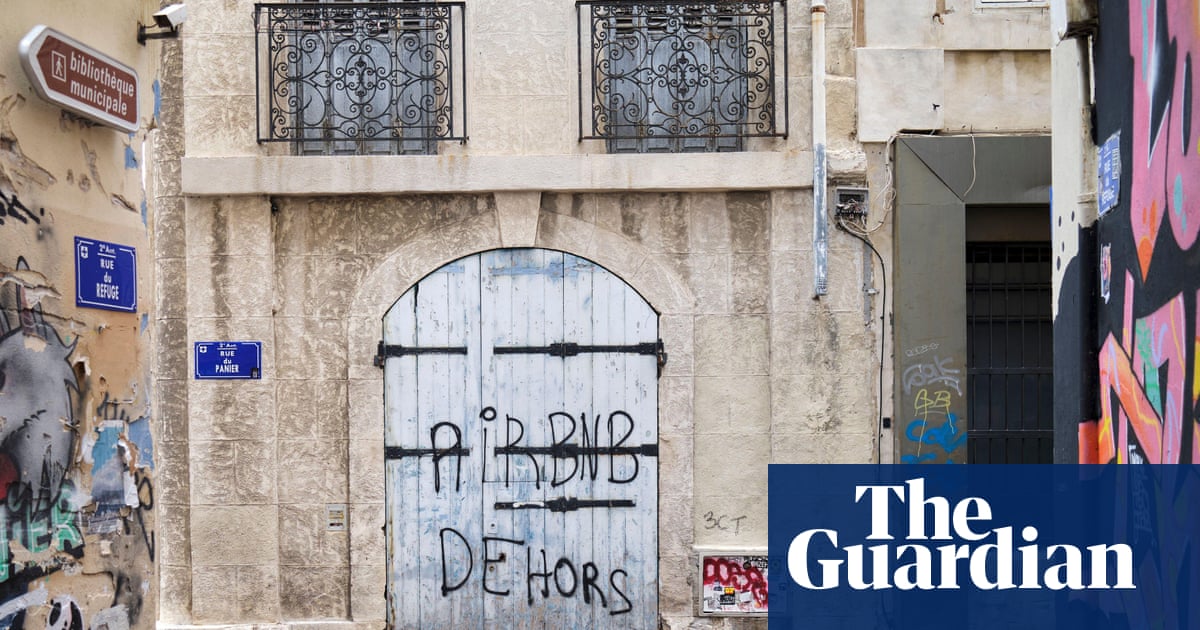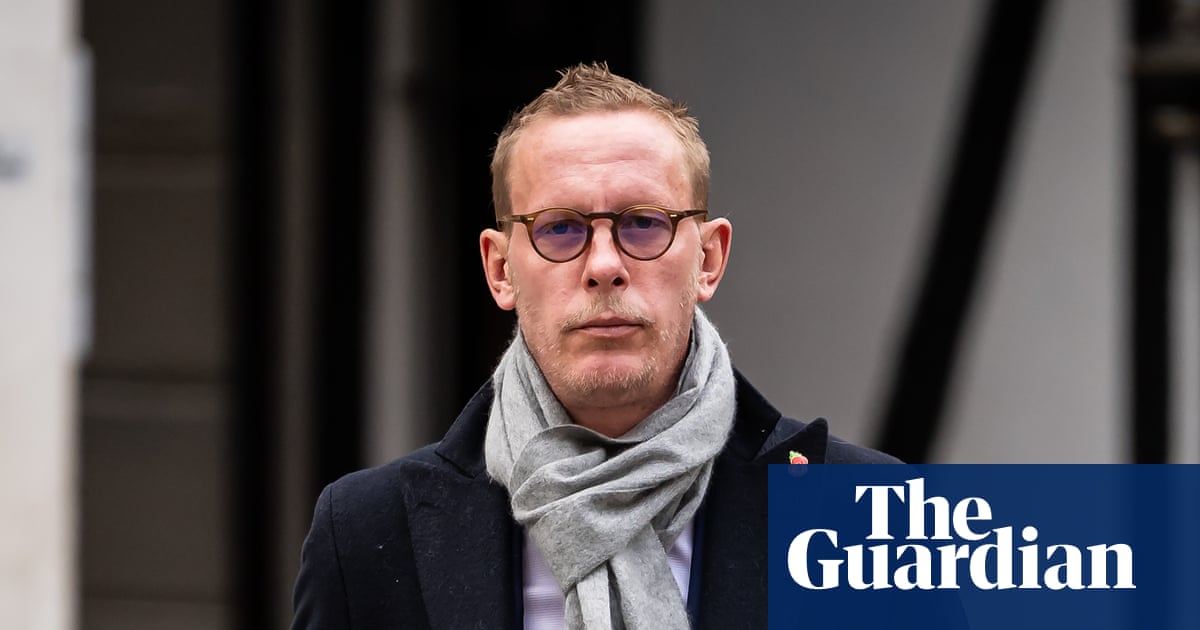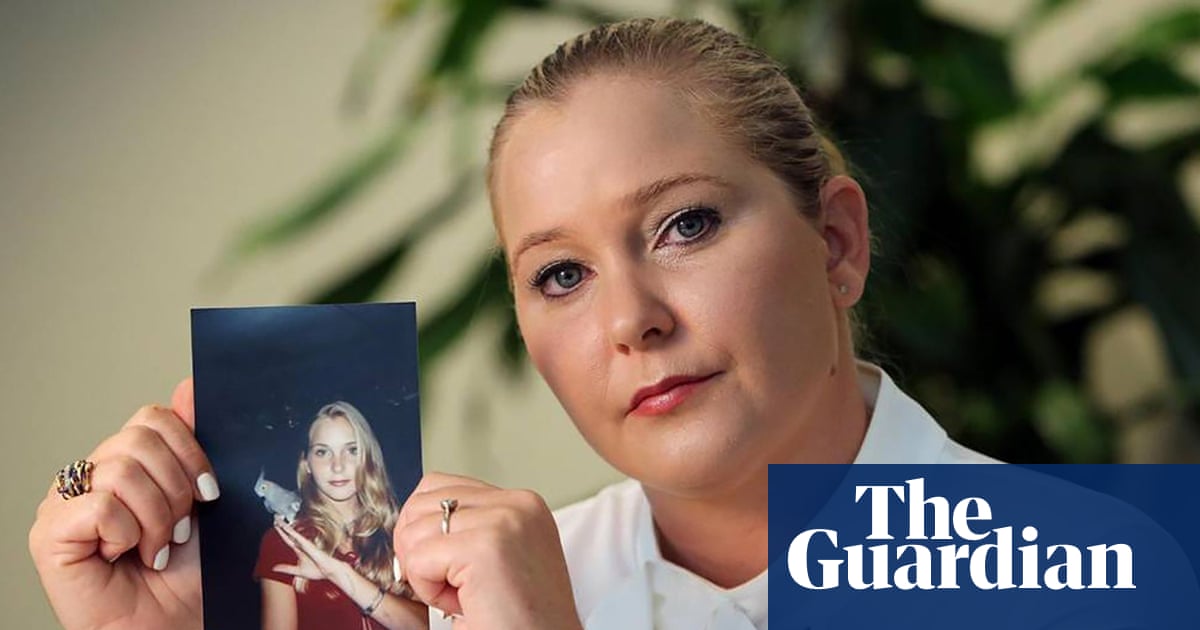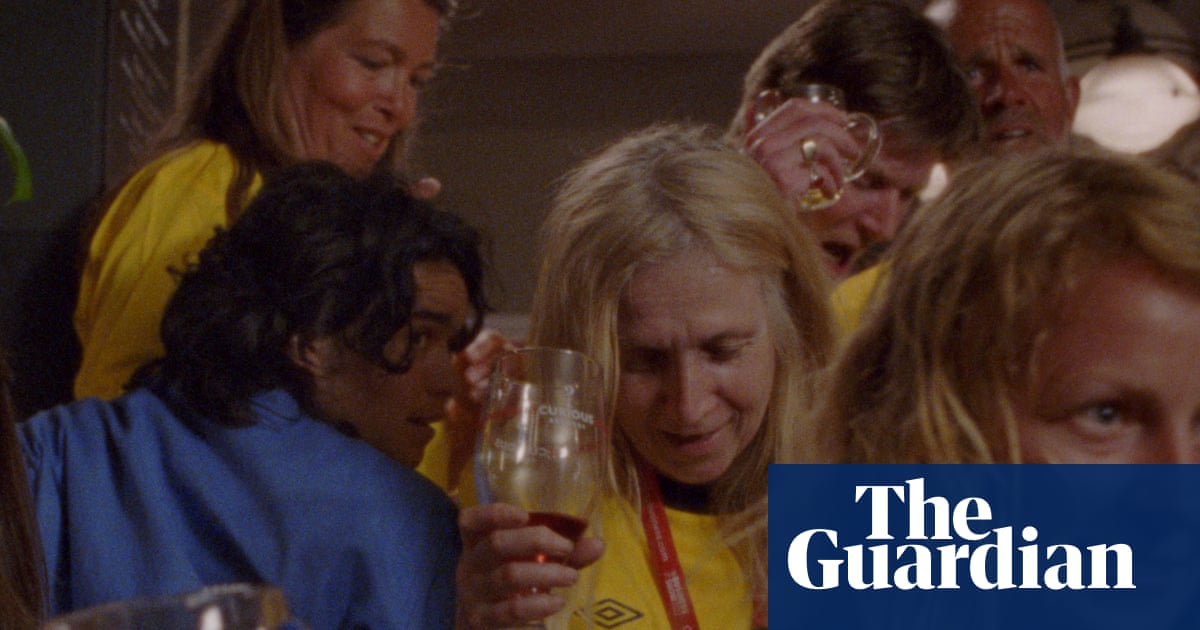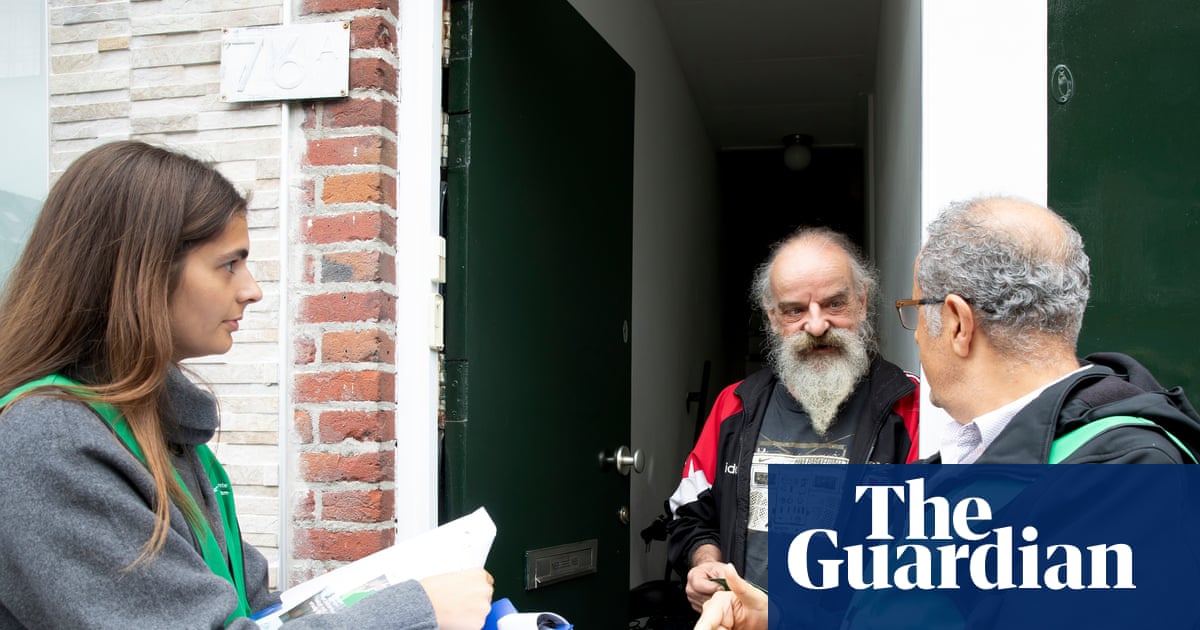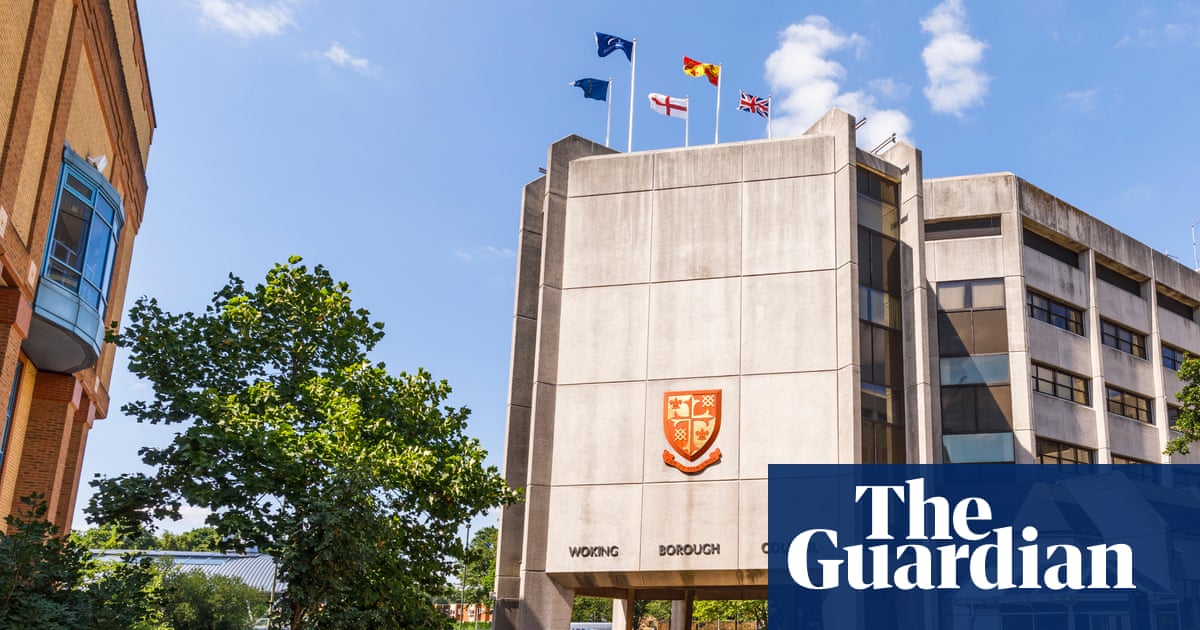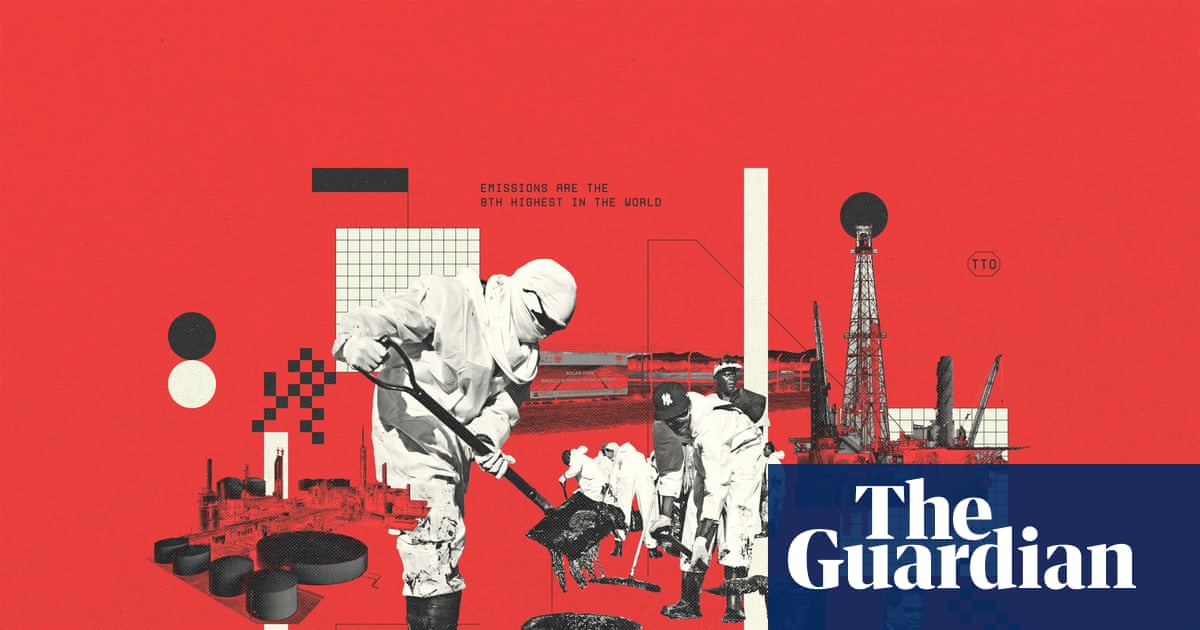When the Gaza ceasefire took effect a week ago, tens of thousands of Palestinians began to move from the sprawling camps in the south back to their homes in Gaza City and the surrounding area.
For most, it was a shocking and bitter homecoming.
A month after they had been ordered out by Israeli forces, Palestinians filled the coastal road north. It soon became a solid river of people, mostly trudging on foot, carrying the few possessions they had salvaged from one displacement after another.
What the returnees found on arrival was complete desolation. Large swaths of the north had simply been flattened. Their homes and neighbourhoods were no longer recognisable. Their communities had been erased.
The sheer scale of demolition left families with an awful dilemma: stay and seek shelter in the shattered stumps of their former homes, or return to the tented camps in the south where they had a better chance of finding food and water. And looming over that decision was the great unknown of how long the truce would last, and whether it would ever take hold as a lasting peace.
“I had hoped to return and find my home standing, but what I found was quite the opposite. I couldn’t even recognise the area. Everything was levelled to the ground,” Suhair al-Absi, a 50-year-old mother of seven, said on reaching the Sheikh Radwan district on the north side of Gaza City. “I couldn’t identify the remains of my house because the rubble of everyone’s homes is all mixed together. The destruction here is beyond imagination, something the mind cannot grasp.”
The family had clung to their home until the last minute as the Israeli army pressed forward through Gaza City in September, supposedly to crush any vestiges of Hamas. “We left when the tanks reached the entrance to our neighborhood. We could see them from the window,” Absi said.
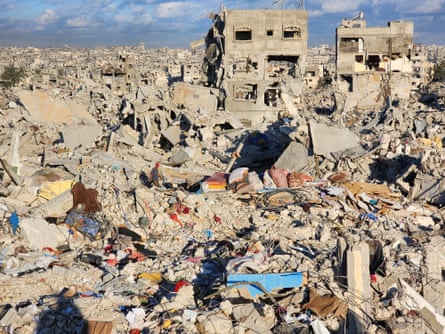
It was not only tanks. The family saw one house after another being blown up by “robots” – repurposed armoured vehicles steered by remote control and packed with explosives, which the Israel Defense Forces have been using to minimise their casualties as they work their way through urban areas.
Absi said: “We kept moving from one area to another in northern Gaza. But because the shelling was intensifying every hour, and with the ground invasion, we could no longer endure it. In the last week of the war, we fled to the southern part of the strip to protect my family.
“We came back to check on the area and found the houses completely destroyed. The moment I saw the rubble of my house, I sat down and cried with my children beside me. All our memories were gone, memories I had collected over 40 years, both happy and sad ones, memories of my children and our best moments together.
“The house cannot be repaired at all. It’s completely destroyed. Not a single concrete column remains intact. Even the stones are shattered into small pieces. What shocked me was the scale of destruction across the entire neighbourhood. I had never seen anything like it before. It felt as if a nuclear bomb had hit this place.”
Across Sheikh Radwan, some families had improvised shelters in shattered homes, rigging up walls by hanging fabric and blankets between the few surviving concrete columns. In a house where there was just one pillar left, a family sat in its shade for some relief from the afternoon sun.
Sitting atop the rubble of their homes, the returnees at least had some sense of reassurance from their memories, a feeling of belonging.
“I will live in the same destroyed area where I grew up. A person can only feel safe and at peace in the place they belong to,” Absi said. “We will set up a tent here in the street over the rubble. There is no other option left. All the houses are destroyed, and we can’t live in the south because we have no relatives there to stay with.
“Rebuilding our house will take my entire lifetime, and I might die before seeing it complete. What occupies my mind now is how we will continue our lives and start over. I think a lot about my children’s future. There is no clear future in Gaza now. It’s just a pile of rubble.”
In the Shuja’iya district, to the south of Gaza City, Susan al-Shayah experienced a similar sense of disorientation on her family’s return.
“At first, I also could not pinpoint the exact location of the house, as the rubble was jumbled together and the streets were completely destroyed,” she said. “The shock was so immense, I did not have the strength to dig through the remains for any keepsake from the house, so I could not rescue a single memory from beneath the rubble.”
The family spent four days looking for a place to pitch their tent, Shayah said, adding: “For now, we only want to rest, focus on the present we are living in and find a place to live, as there is no time to plan for an uncertain future. I still fear the return of war, as Israel always breaks its agreements, but I pray to God that security and peace will continue, and that war will never return.”
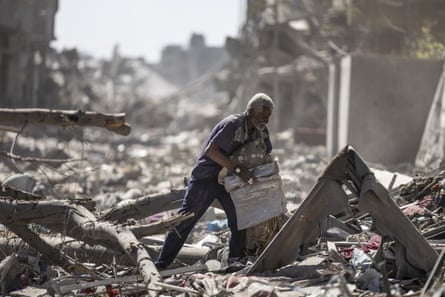
The family’s plan was to set up camp in the remains of a nearby school, where there was a limited water supply. Water is scarce in the north.
The Absi family had not been able to find any in Sheikh Radwan, where the reservoir had become polluted by shattered sewage pipes.
The UN said the pumping station was badly damaged and its repair depended on getting components through the crossings into Gaza. That access has been patchy over the first week of the ceasefire. The north Gaza desalination plant was destroyed by Israeli bombing over the summer and could take months to restore.
In Jabaliya, the district that grew from a refugee camp north of Gaza City, Hany Abed-Rabou came back to check on the four houses his family owned in the Joron neighbourhood. None were standing.
“I won’t hide from you that I suffered a stroke and lost consciousness from the shock. To see four of your houses turned into piles of rubble is not easy to accept,” said the 60-year-old contractor in the construction industry.
He has lost a grandson, killed inside a shelter, and a son, who went out one day to look for food for the family and never came back. He has scoured hospitals for his son’s body but has not been able to find any trace of him.
Abed-Rabou’s plan now is to set up a tent for his surviving family over the ruins of one of his destroyed houses, but there is a shortage of supplies for building shelters. The UN reported that about half the shipments of tents into Gaza had gone missing after convoys were looted.
He is prepared to wait: “I was born here, grew up here and I will die here in Jabaliya.”

.png) 1 month ago
38
1 month ago
38
